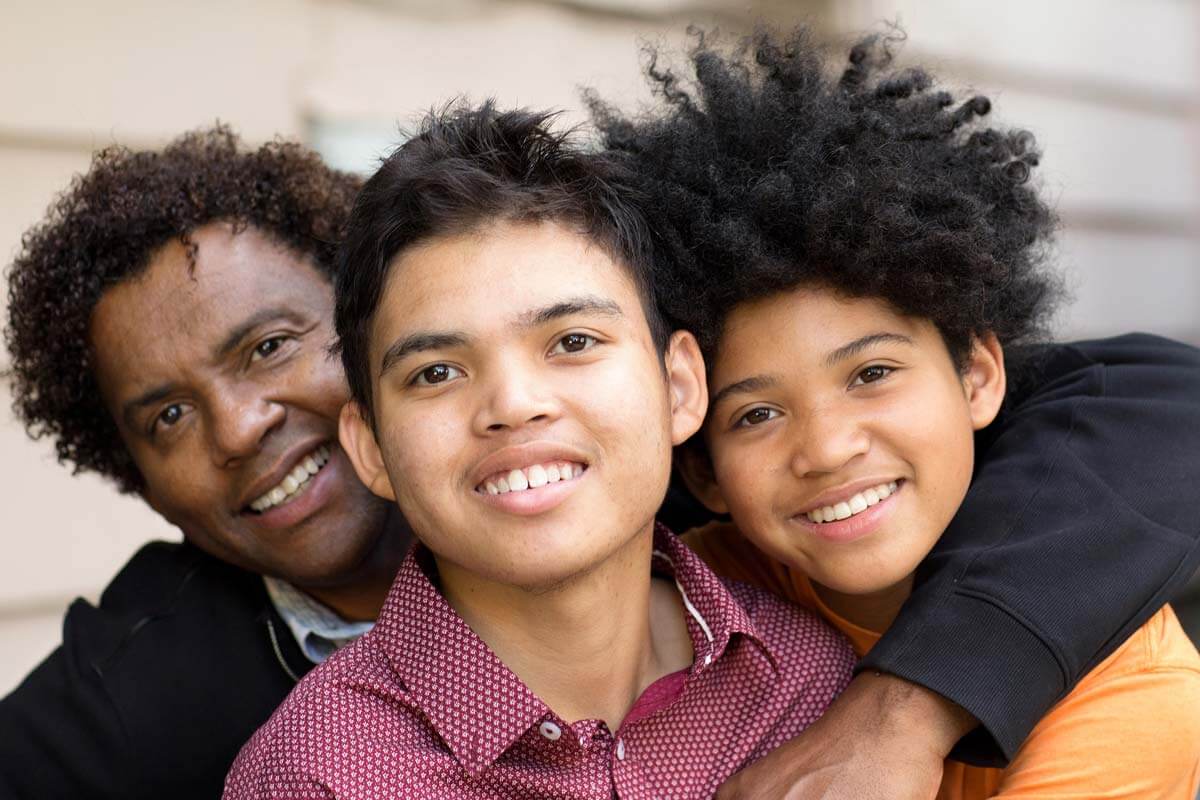There’s a lot of misinformation spread around about children living with autism. We’re providing this guide as a way of dispelling harmful myths surrounding the condition. People with autism still have the potential to live happy, fulfilling lives. The term “autism” covers a variety of related disorders with a core of common symptoms. Understanding the types of autism and its signs can lead to a better understanding of the care that may be beneficial to children who need help managing their autism spectrum disorder (ASD). If you or a loved one has a child that recently received an autism spectrum disorder, contact the experts at Camp Worth today.
What is Autism Spectrum Disorder?
Before 2013, professionals in the autism field referred to different types of autism based on the classification listed in the Diagnostic and Statistical Manual of Mental Disorders (DSM). Autism spectrum disorder is the term now used to cover the entire spectrum of autism-related disorders. However, many people still use these old terms in referring to types of autism.
- Autistic Disorder
- Asperger’s Syndrome
- Pervasive Development Disorder
However, the inconsistency in the classifications led to the fifth edition of the Diagnostic and Statistical Manual of Mental Disorders placing all autism-related development disorders into one category. Autism spectrum disorder should be the term that you use when you’re referring to individuals diagnosed with the condition.
Symptoms of Autism Spectrum Disorder
The presence of a few autism-like symptoms doesn’t automatically mean someone has an autism spectrum disorder. Most children with the disorder begin displaying signs by the age of two. Some symptoms exhibited by children with a potential autism spectrum disorder include:
- Lack of smiling or happy facial expressions by six months
- Little to no babbling or other baby sounds by the time they are one year old
- No gestures like pointing or waving by 14 months
- Loss of language or social skills as they age
Social Interactions That May Indicate an Autism Spectrum Disorder
Children with autism spectrum disorder have difficulty with social interactions and behaviors. They may display specific actions like:
- Displaying inappropriate body language, facial expressions, and gestures
- Showing little interest in other people
- Lack of communication around interests or achievements
- Make little effort to approach others to start a social interaction
Other Symptoms of Autism Spectrum Disorder
There are several different ways that types of autism manifest in children and adolescents. For instance, they may show symptoms such as:
- Delay in speech development
- Talking with an odd cadence or tone
- Repetition of words and phrases
- An inability to understand fundamental questions or statements
- A lack of ability to hear nuances in words and language
There’s no consensus among professionals around the cause of autism spectrum disorder. There is speculation that genetics and various environmental factors play a role in the development of types of autism.
Treatment for Autism Spectrum Disorder
Helping a child learn how to live with autism spectrum disorder can be challenging for parents. Different types of autism manifest differently from one child to the next. Many children and adolescents end up acting out because of the frustration of living with their condition.
Camp Worth offers a safe and nurturing environment for kids and adolescents diagnosed with an autism spectrum disorder. We address their concerns as they work on learning the skills and techniques needed to navigate life with their condition. Some services offered at Camp Worth include:
- Counseling and behavioral analysis
- Occupational therapy
- Educational services
- Parent involvement and training
There’s no reason your child can’t live a happy and productive life. To learn more about the types of autism symptoms or to learn more about Camp Worth, contact us today at 855.915.2545.








